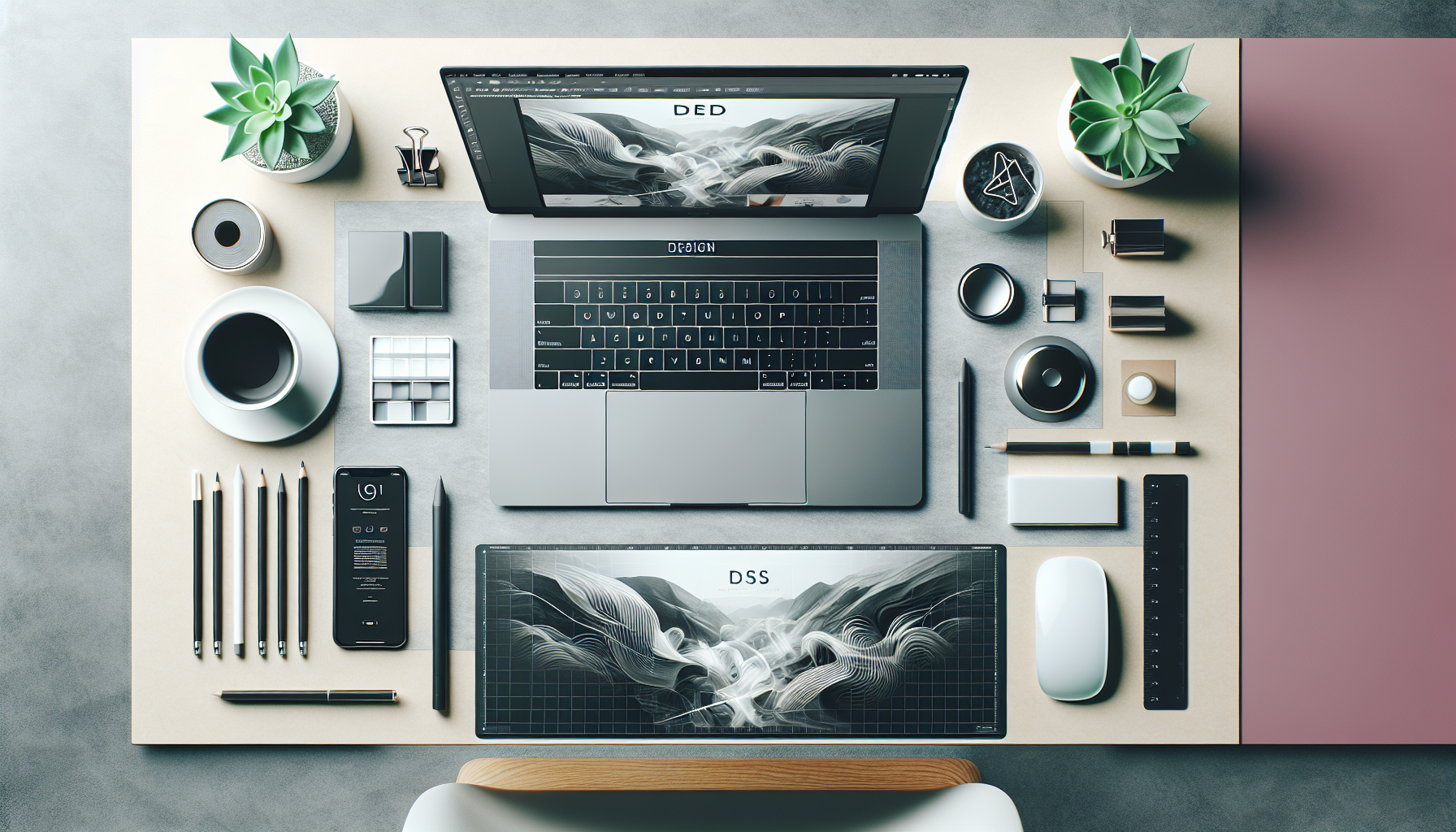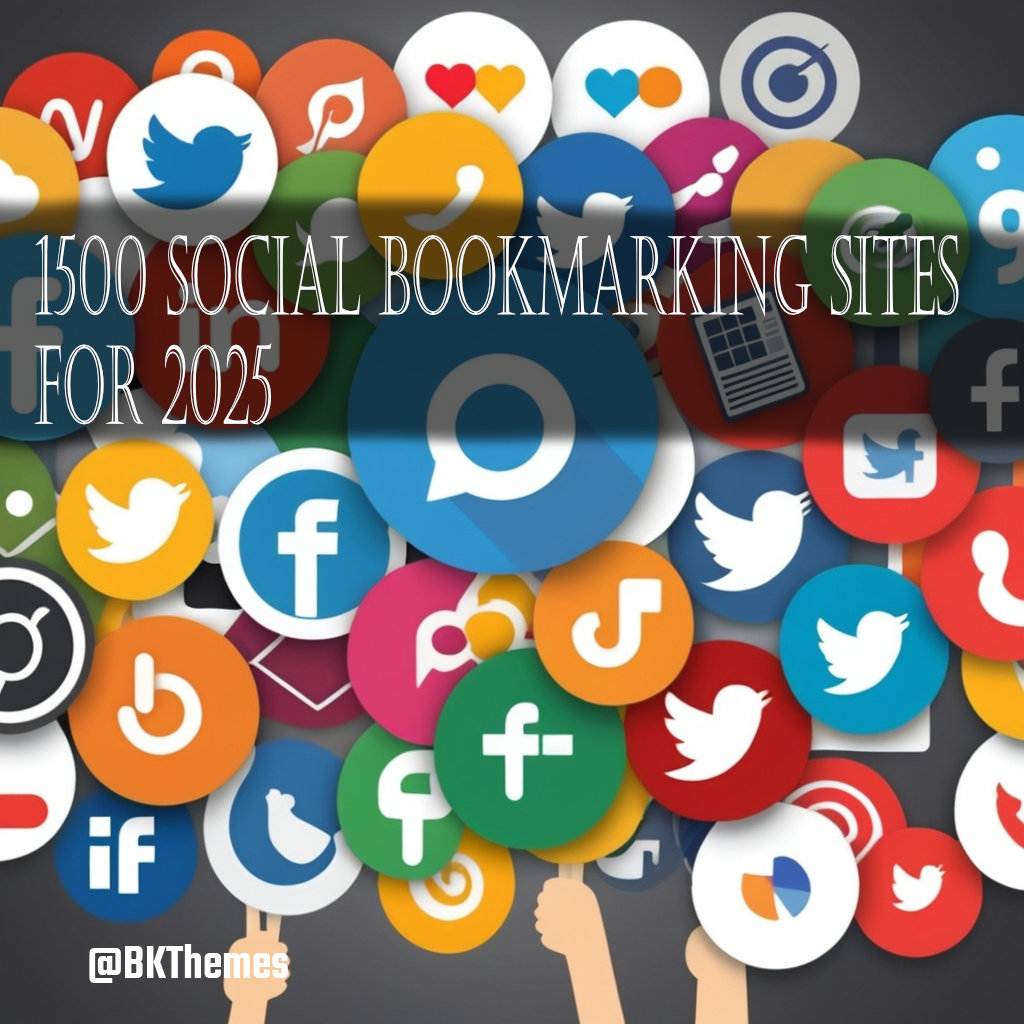
In the ever-evolving world of design, keeping up with current design trends and best practices is essential for any creative professional aiming to craft relevant and engaging experiences. Whether you're a seasoned designer or a novice venturing into this dynamic field, understanding the nuances of contemporary design trends will significantly enhance your ability to produce work that resonates with audiences. This article delves into the intricacies of modern design, presenting insights into current trends, best practices, real-world applications, continuous learning avenues, and the art of balancing trendy designs with timeless style.
Recognizing Current Design Trends
Design trends are a reflection of the changing world and the tastes of its inhabitants. Staying abreast of these trends is crucial for designers who want to create impactful and contemporary designs. By recognizing the key characteristics of current design trends and best practices, professionals can produce work that not only stands out but also meets current expectations.
Characteristics of Modern Design Trends
Modern design trends are characterized by their clean aesthetics, emphasis on functionality, and use of technology. Simplicity often dominates, as designers strive for clarity and ease of use, making interfaces intuitive and accessible. Minimalist designs, stripped of unnecessary elements, are now more popular than ever, aiming to enhance user experience by eliminating distractions.
Furthermore, the integration of augmented and virtual reality elements is becoming more prevalent, pushing the boundaries of how design is experienced. These trends highlight an increased focus on interactive and immersive experiences, encouraging users to engage more deeply with digital environments.
Merging Traditional and Modern Designs
Seamlessly blending traditional and modern design elements can result in innovative creations that pay homage to history while embracing the future. This fusion can be seen in the resurgence of retro-inspired designs that incorporate modern functionality, creating a sense of nostalgia while remaining fresh and relevant.
By merging the old with the new, designers can create unique aesthetic experiences that appeal to a broader audience. This approach often involves using traditional materials or patterns in modern layouts, creating an engaging dialogue between eras that is both visually appealing and meaningful.
Popular Color Palettes in Current Trends
Color remains a powerful tool in design, with current trends showcasing a shift towards more muted, natural tones that evoke a sense of calm and simplicity. Earthy colors and pastel hues are preferred, reflecting a collective desire for tranquility and sustainability in design.
Bold accent colors are still in use, but they are employed more sparingly and strategically to draw attention to specific elements without overwhelming the overall aesthetic. These palettes allow for versatility and adaptability, matching the diverse preferences of today's audiences.
Taking Inspiration from Worldwide Trends
Globalization has made it easier for designers to draw inspiration from across the world, infusing their work with diverse cultural influences. This cross-cultural exchange enriches designs, allowing for unique interpretations and creativity in the design process.
Designers often look to Scandinavian minimalism, Japanese zen principles, or vibrant African patterns, among others, to infuse their projects with a worldly perspective. Such global trends encourage diversity and innovation, broadening the design landscape in exciting new ways.
Navigating Best Practice in Design
Best practice in design is the cornerstone of creating functional and engaging products. As trends shift, maintaining a foundation of best practices ensures that designs are not only trendy but also effective and user-friendly. Key best practices encompass accessibility, minimalism, user-centricity, and adaptability across different devices.
Incorporating Accessibility in Designs
Designing for accessibility means considering the diverse needs of users, including those with disabilities. This best practice ensures inclusivity and equal access to information and functionality across digital platforms, enhancing user experience for everyone.
Incorporating accessibility involves adhering to web accessibility standards, such as providing alternative text for images, ensuring sufficient color contrast, and designing with keyboard navigation in mind. By prioritizing accessibility, designers can create products that are more usable and equitable for all.
Employing Minimalist Approaches
Minimalism in design focuses on stripping excess elements to craft sleek and simple interfaces that are easy to navigate. This approach reduces cognitive overload, allowing users to focus on essential elements and improving overall engagement.
By eliminating unnecessary complexity, minimalist designs enhance functionality and user satisfaction. This best practice encourages designers to concentrate on core features, ensuring that each design element serves a purpose and contributes to the product's usability and aesthetic appeal.
User-Centric Design Practices
User-centric design places the user at the heart of the design process, ensuring that the end product meets their needs and expectations. This approach involves understanding user behaviors, preferences, and pain points through research and testing.
Implementing user-centric practices leads to the creation of intuitive interfaces that facilitate seamless interactions. Continuous feedback loops and iterative testing are essential components, allowing designers to refine their designs based on real-world user experiences and insights.
Design Considerations for Different Devices
With the proliferation of devices, from smartphones to smartwatches, ensuring that designs are adaptable across different screens and resolutions is a fundamental best practice. Responsive design enables seamless interaction irrespective of device, providing a consistent user experience.
Designers must consider varying device capabilities, screen sizes, and interfaces, adapting layouts and functionalities to fit each. By adopting a device-agnostic approach, designers can create versatile products that meet the demands of an increasingly mobile and connected audience.
Applying Design Trends in Real World Projects
Applying design trends effectively in real-world projects requires a balance of creativity, practicality, and innovation. Designers must navigate challenges and leverage past successes to inform future creations. Examining case studies and understanding the evolution of design trends provides valuable insights that guide effective application in projects.
Case Study: Successful Use of Design Trends
Examining successful applications of current design trends and best practices in real-world projects offers valuable lessons for designers looking to emulate similar success. A notable example is the use of flat design in the development of a global tech brand's website, which improved user engagement and simplified navigation.
This case illustrates the importance of aligning current design trends and best practices with organizational objectives and user preferences to achieve measurable success. By analyzing such case studies, designers gain insights into strategies that effectively leverage trends to enhance functionality and aesthetic appeal.
Challenges Faced When Applying New Trends
While new design trends offer exciting possibilities, they also present challenges that must be carefully navigated. Designers may encounter resistance to change, especially in organizations with established brand identities that may not readily embrace the latest trends.
Furthermore, the rapid pace of change in design trends can make it difficult to discern which trends have longevity and which are fleeting. Designers must balance innovation with practicality, ensuring that trend adoption does not compromise functionality or user experience.
Evolution of a Design Over Time
The evolution of a design over time is often a reflection of changing current design trends and best practices and technologies. Observing this evolution can provide insights into how designs can be adapted to remain relevant in a shifting landscape. A well-documented example is the evolution of mobile app interfaces from skeuomorphism to flat design.
This transition highlights the importance of adaptability and foresight in design, ensuring that products remain functional and appealing as trends evolve. By understanding the trajectory of design evolution, designers can make informed decisions that anticipate future trends while maintaining core usability.
Staying Updated in the Fast-Paced World of Design
In a field as dynamic as design, continuous learning and professional development are vital for staying ahead. Designers must actively engage with emerging trends, tools, and techniques, utilizing a variety of resources to stay informed and connected.
Learning and Professional Development Resources
The availability of learning resources, both online and offline, makes it easier for designers to enhance their skills and knowledge. Websites offering free and paid courses, design-focused blogs, and digital libraries provide valuable content on the latest trends and best practices.
Engaging with these resources enables designers to expand their expertise and adapt to new requirements as the design landscape evolves. Continuous learning fosters innovation and creativity, empowering designers to push boundaries and redefine norms.
Attending Design Conferences and Webinars
Design conferences and webinars offer opportunities for designers to gain insights from industry leaders and peers. These events provide a platform for networking, collaboration, and exposure to cutting-edge developments in design.
Attending such gatherings helps designers gain inspiration, learn about emerging trends, and understand different perspectives. It also provides a chance to share one's work and receive feedback, facilitating professional growth and community engagement.
Participating in Design Communities Online
Online design communities serve as valuable platforms for exchanging ideas, advice, and feedback. Participation in forums, social media groups, and collaborative platforms helps designers stay connected with industry developments and peers.
Such communities offer support, inspiration, and opportunities for collaboration, fostering a sense of belonging and shared purpose among design professionals. Active involvement allows designers to engage in meaningful interactions, contribute to discussions, and remain informed about the ever-evolving design landscape.
Balancing Trendy Design with Timeless Style
Incorporating trendy elements while maintaining a timeless appeal is a delicate balancing act that requires thoughtful consideration. Designers must evaluate when and how to integrate trends to ensure that their creations resonate with current audiences without losing enduring relevance.
Determining When to Use Trending Styles
Knowing when to incorporate trending styles is crucial in maintaining the relevance and longevity of a design. Designers must consider the context, audience, and purpose of their work to decide whether adopting a trend will enhance the design or detract from its value.
Evaluating current design trends and best practices involves analyzing their potential impact on user experience and alignment with brand objectives. By making informed decisions, designers can leverage trends to their advantage, ensuring that trendy elements complement rather than overshadow the core essence of their designs.
Balancing User Needs with Designer Creativity
The creative process often involves balancing user needs with the designer's artistic vision. While creativity drives innovation, it must be aligned with user expectations and requirements to create functional and enjoyable experiences.
Designers must engage in user research, testing, and feedback loops to ensure that their creative outputs meet user needs effectively. By integrating creativity with user-centric principles, designers can craft solutions that are visually appealing, functional, and user-friendly.
Strategies for Blending New Trends and Classic Designs
Blending current design trends and best practices with classic designs requires a strategic approach that respects both innovation and tradition. Designers can achieve this balance by integrating contemporary elements into established frameworks, creating hybrid designs that are fresh yet familiar.
Strategies such as utilizing classic typography with modern layouts or applying traditional textures to contemporary forms can result in a harmonious fusion that stands the test of time. This balanced approach allows designers to create work that is both innovative and enduring, appealing to a wide range of audiences.
In conclusion, keeping up with current design trends and best practices requires an ongoing commitment to learning, creativity, and adaptability. By understanding modern trends, adhering to best practices, applying trends judiciously in real-world projects, and engaging in continuous professional development, designers can create work that is both relevant and timeless. Balancing trendy elements with enduring styles ensures that designs resonate with present audiences while remaining evocative for years to come. As the design landscape continues to evolve, designers equipped with these insights will be well-prepared to navigate its challenges and opportunities.
📧 Stay Updated
Get the latest web development tips and insights delivered to your inbox.




